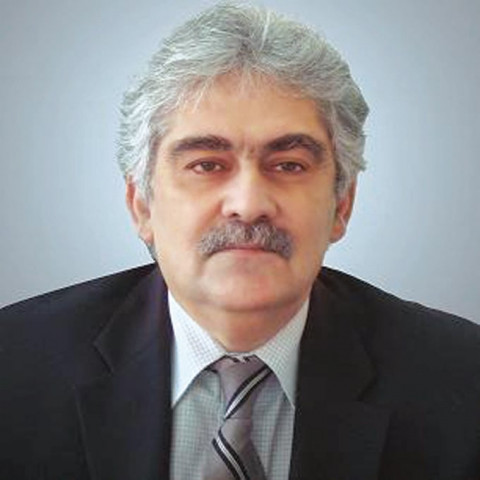Market-driven growth model proposed
The Planning Commission rejects “aid-ridden growth model” and proposes a market-driven model.

“The New Development Approach, Productivity, Markets and Communities”, a brainchild of Deputy Chairman Planning Commission, Dr Nadeemul Haq, claims that over the next five years an average seven per cent economic growth can be achieved with existing resources, an average 2.3 per cent more than the outcome of existing model.
The deputy chairman had presented the same set of ideas three years ago. Although he did not give an implementation strategy, he stressed that the traditional thinking approach should be changed first.
“The current macroeconomic framework leads to fiscal constraints. The aid-ridden model of growth cannot sustain,” was the louder message of the Planning Commission’s presentation at a workshop here on Wednesday.
The constraints to growth are market failure, governance failure and alienation to advanced technology. The new productivity-led growth model would shift focus from public investment to private investment and technical skills, the commission argued.
“Pakistan needs to move from a public-dominated role to a well-functioning market.” Competitiveness should be endogenous instead of exogenous. There should be a shift from a distorting incentive approach towards the promotion of entrepreneurship. The government should focus on regional clusters of growth instead of focusing on suburban cities. Finally, improvement in governance and better service delivery is a must.
“Reforms are easier said than done,” said Robin Raphel, the US Coordinator for Economic and Social Development, who was chairing the session.
She said incentivising insiders was the key to change. The US has heard a lot about public-private partnership in Pakistan but it was still not clear except that the government wants the private sector to finance mega projects, she added.
In response to a question, she said that Pakistan can reduce dependency on foreign aid and the US development assistance would be invested in a way that after 10 years Pakistan would be less dependent on foreign aid.
She said the US would not invest its resources where the government was seeking but “for us the key element is to make sure that our resources are invested where the nation needs them.”
She underlined the need of generating more resources domestically instead of heavily relying on the donors. “The donors want to help in infrastructure building but we also recognise that outside resources are not enough and there is a need to generate equitable resources. It is not about levying more taxes but about overhauling the incentive structure.”
She said trade was also a solution to tackling many problems. She admitted that the Obama administration was struggling politically to get a Reconstruction Opportunity Zones bill passed through the Congress. The US has promised to grant tariff concessions to the products that will be produced in the volatile tribal belt.
The Planning Commission says the new model also talks about privatising state-owned land and improving transport efficiency. The current growth model is dominated by a strong government role in businesses that has stifled markets. The markets were not allowed to work and savings could not be mobilised. “This has resulted in a heavy reliance on foreign loans.”
The existing model also discouraged foreign direct investment. For the last many decades average investment remained at eight per cent of gross domestic product. In India, it was 25 per cent and in China it was 40 per cent.
“The bottom line is to generate productivity, bring market reforms, make cities an engine of growth and focus on communities and youth,” the model said.
Published in The Express Tribune, September 30th, 2010.


















COMMENTS
Comments are moderated and generally will be posted if they are on-topic and not abusive.
For more information, please see our Comments FAQ